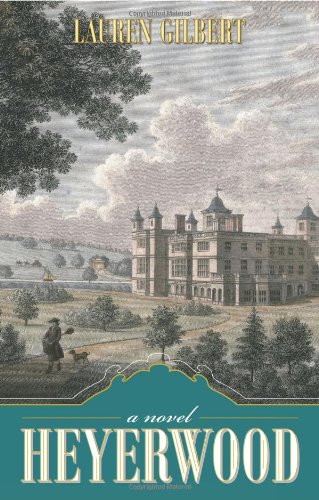Heyerwood
Sold into a sham marriage by her greedy father, Lady Catherine, Countess of Heyerwood, is astonished to find herself not just freed by her husband’s death but also left in possession of a fortune and a title in her own right. If, as Jane Austen writes, “It is a truth universally acknowledged, that a single man in possession of a good fortune must be in want of a wife,” then what is a single woman possessed of a good fortune in want of? This is the question Lady Catherine must answer, as she deals with her avaricious father, a family feud, and an attractive widower. The novel is set in the Regency, but it is not a Regency romance. Or if it is, the object of affection is shopping. There are two romantic relationships in the story, but they are buried under the detailed discussion of clothes, jewelry, and Regency household husbandry. This can be interesting, but no reader should buy this book thinking it’s a relationship romance (there is so little emphasis on sexuality that when apparently nothing happens on Lady Catherine’s wedding night, the author gives us no inkling what the bride felt about that). Recommended for people who want to know what it might be like to be the rare independent woman of means in Regency England to be responsible for an estate and to have to maneuver around the conventions of the age in order to achieve what she wants.










